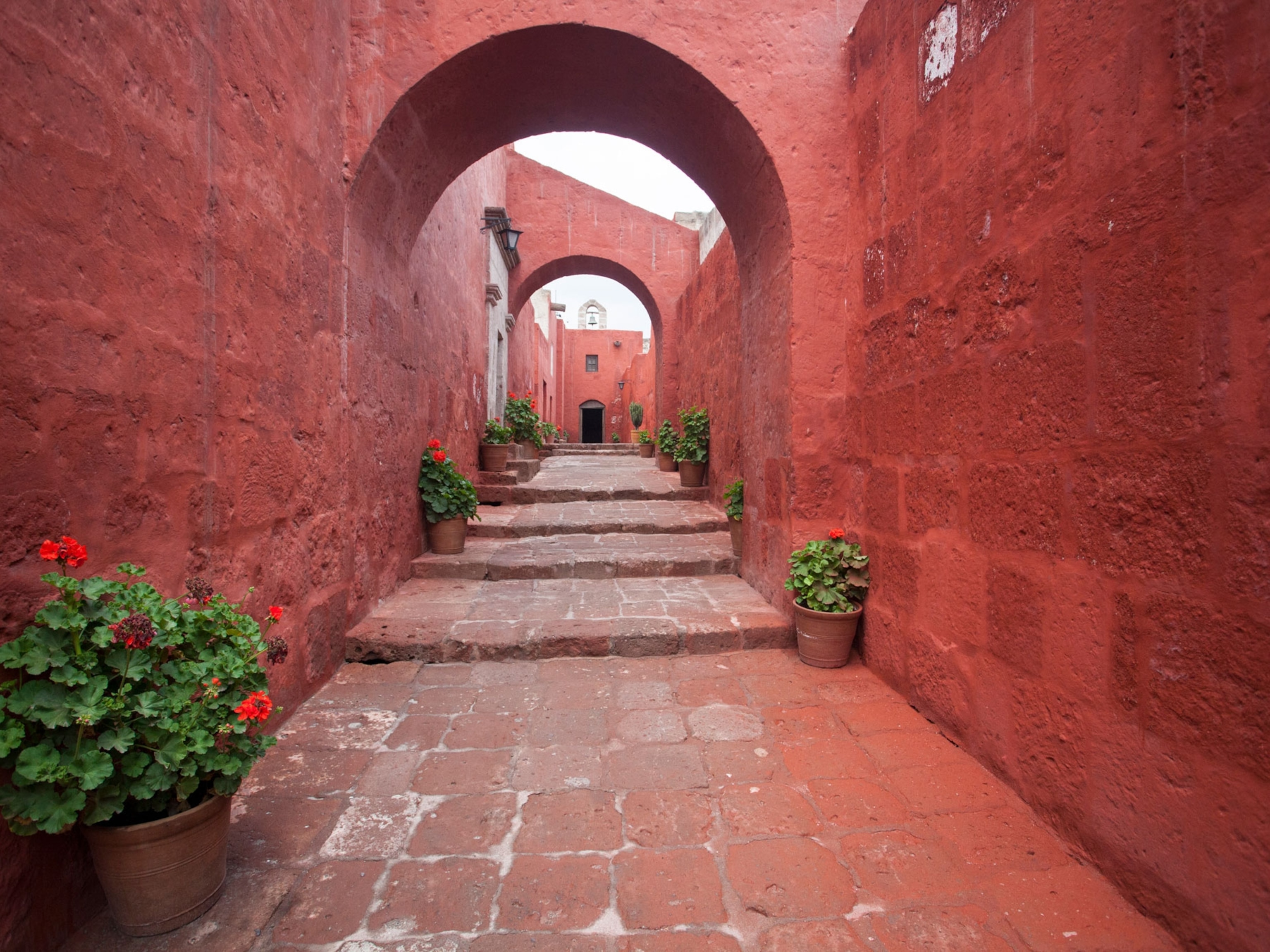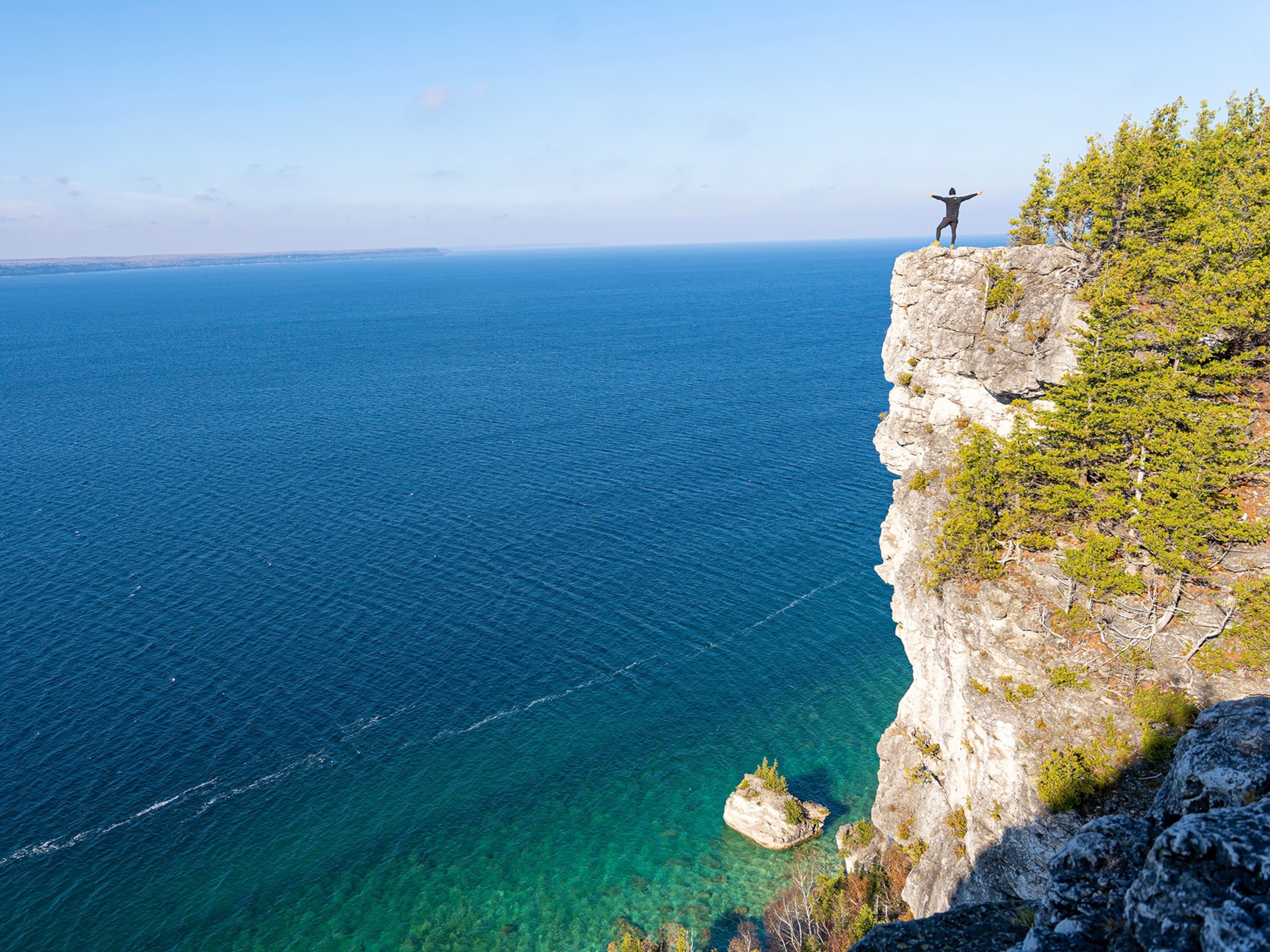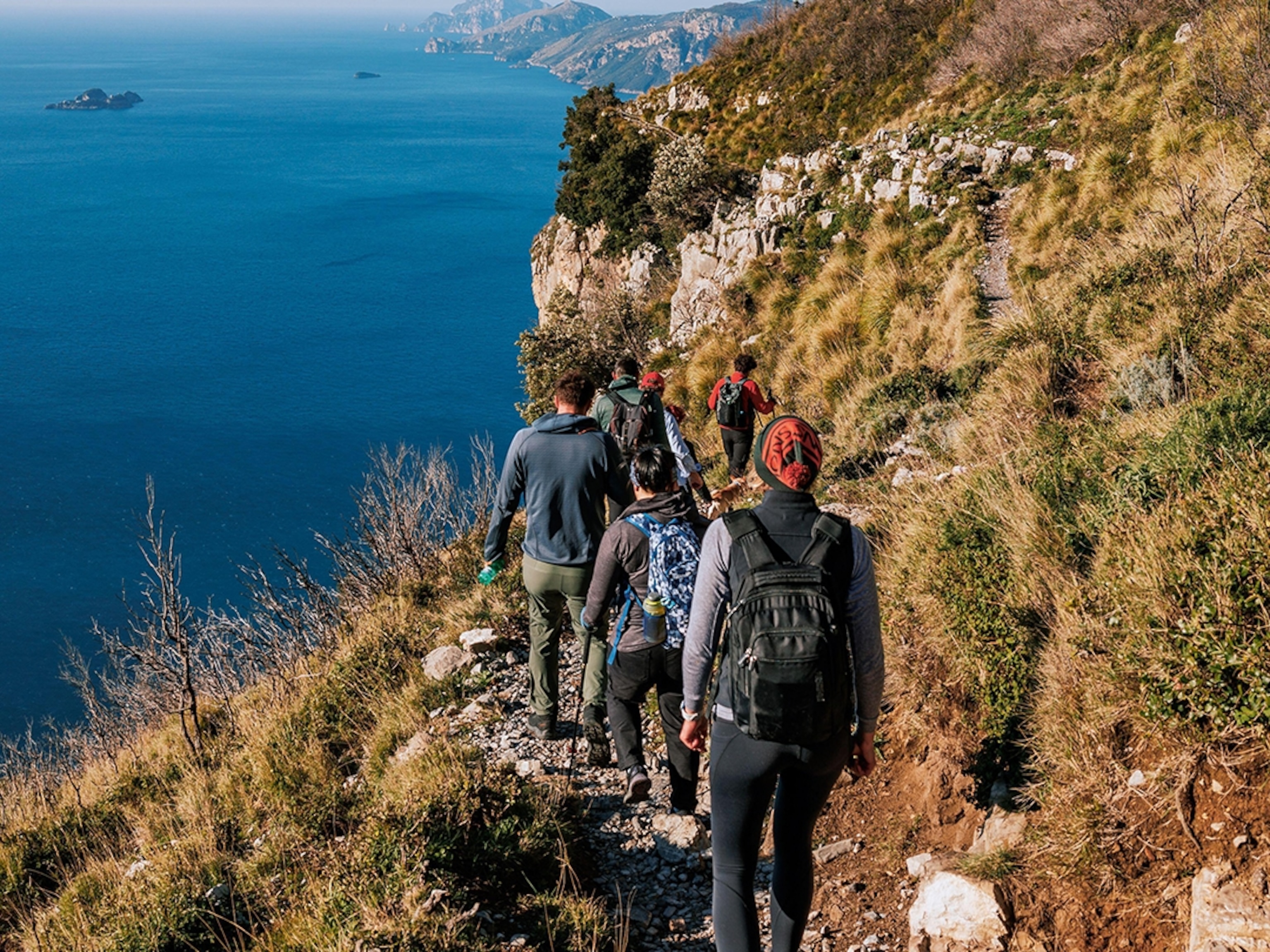The urban centers of Japan have long been a draw to tourists worldwide, and for good reason. From the sprawling metropolis of Tokyo, to the port city of Osaka, to the ancient capital of Kyoto, there are many sights to behold in Japan’s population centers.
Beyond the city limits, however, there are plenty of other-worldly new wonders to see. Those who lace up their boots and venture outside of Japan’s urban jungles can gain access to real wildlife areas and experiences that no city can replicate.
Take a walk with us through some of their renowned UNESCO World Heritage sites.
Share the air with thousand-year-old trees in Yakushima
Yakushima is known as the island of ancient forests and waters.
The name is well-deserved, as there are many trees within the forest that are at least a thousand years old. Registered as a World Natural Heritage Site in 1993, Yakushima is not only home to large forests but sky-scraping mountains that reach heights of almost 6,500 feet.
There are a number of hiking trails to explore in Yakushima, ranging from child-friendly treks to longer expeditions that can take over nine hours to complete.
The areas covered by these trails vary greatly. Some take you on a casual jaunt amidst thousand-year-old Yaku cedars. Others can take you to altitudes of up to 2,900 feet. The most challenging of the trails comes with a special reward: it brings you close to Jomon-Sugi, a cypress that some say is older than Japan itself.
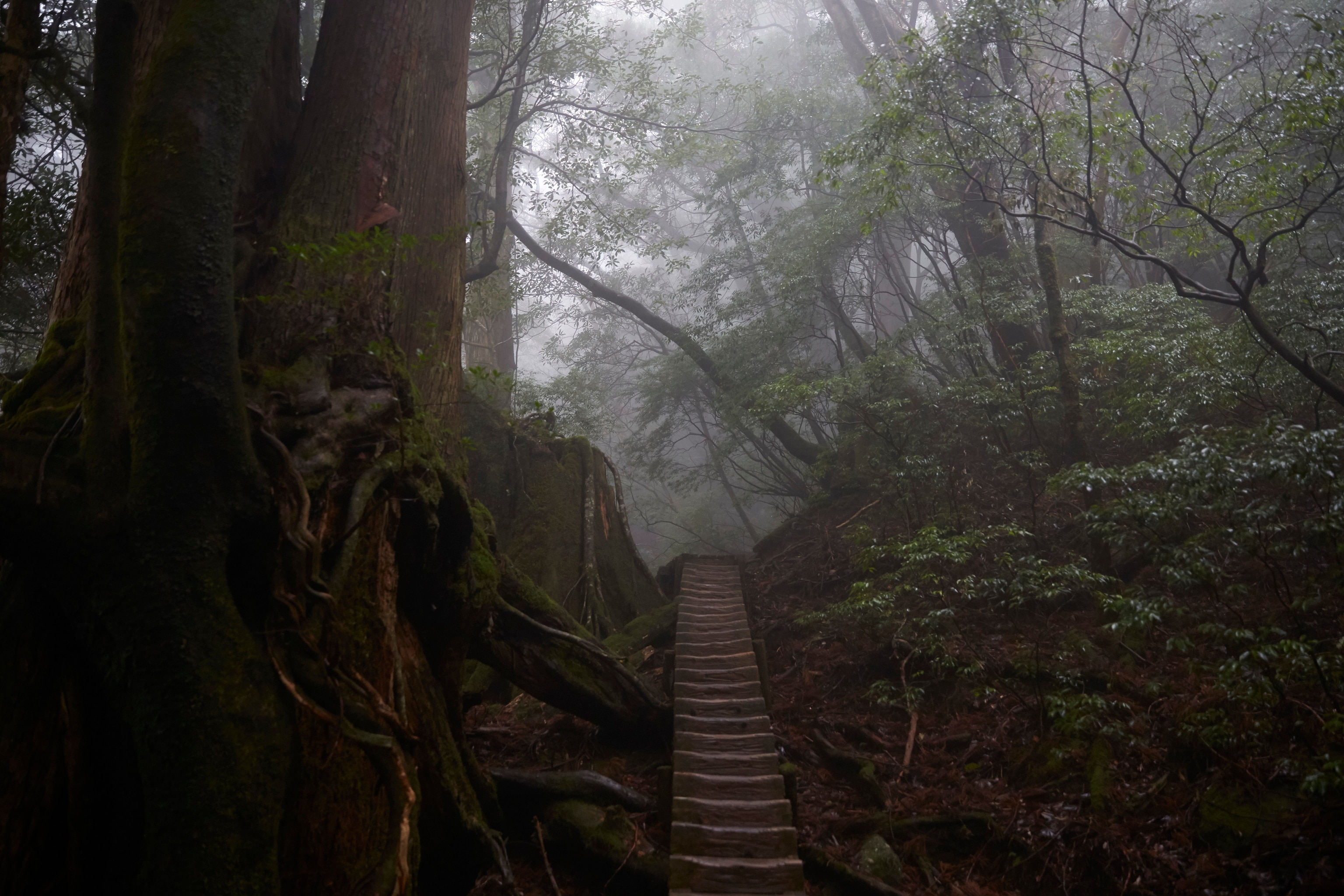
Take a spiritual journey in the Kii Peninsula
Those more interested in experiencing Japan’s spiritual side may wish to hike along the Kumano Kodo pilgrimage routes.
Named a UNESCO World Heritage Site in 2004, Kumano Kodo takes travelers on a journey through Japanese history. A trek in these parts brings you to the Three Grand Shrines of Kumano: Kumano Hongu Taisha, Kumano Nachi Taisha, and Kumano Hayatama Taisha; as well as a number of smaller shrines, such as Tsugizakura-Oji.
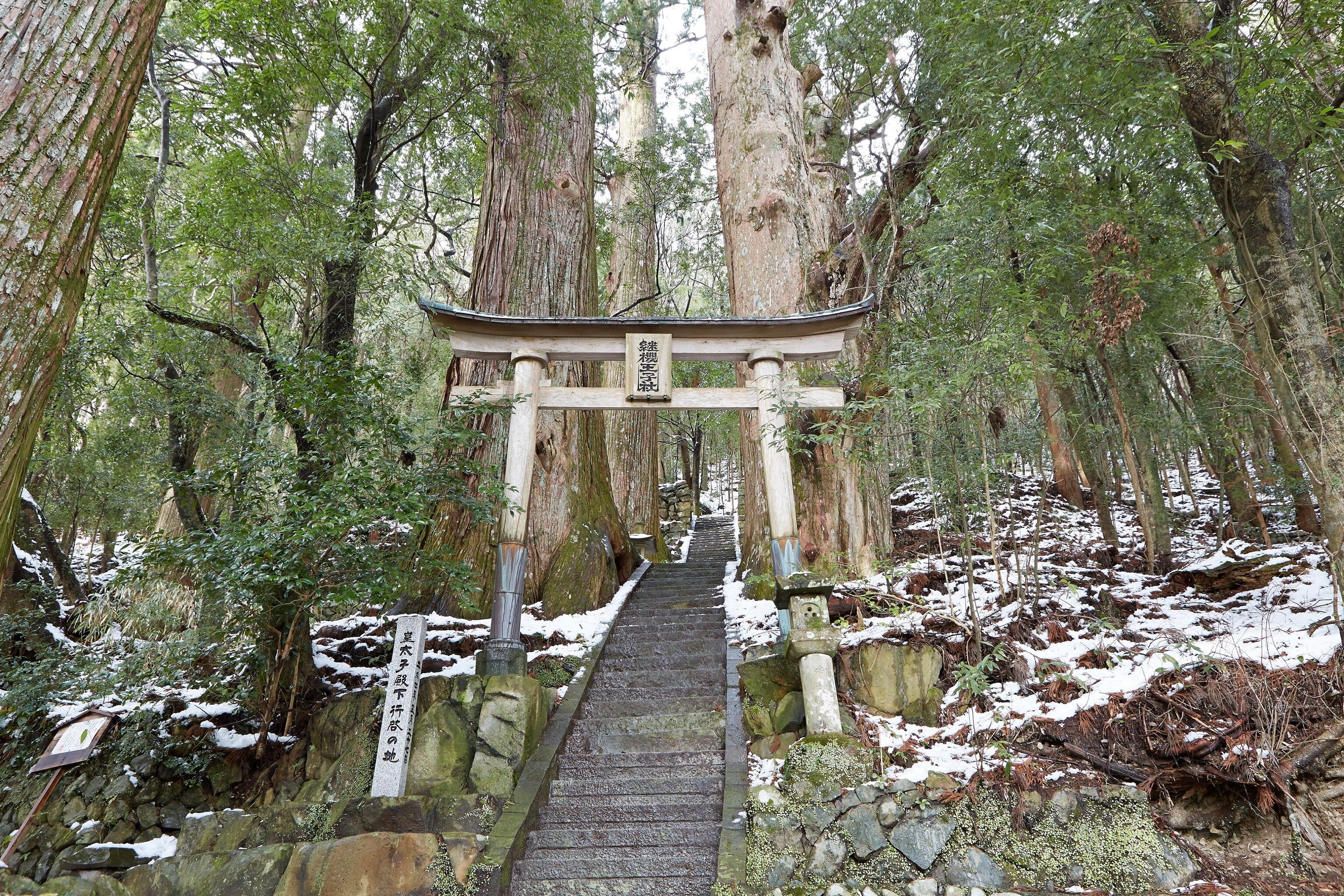
The Kumano shrines aren’t the only places to visit in the area. There are other notable destinations, such as the Hanano Iwaya Shrine, the spectacular Maruyama Senmaida rice terraces, and the rock formations at the Onigajo (or Demon Castle). It’s worth noting that Hanano Iwaya is Japan’s oldest Shinto place of worship.
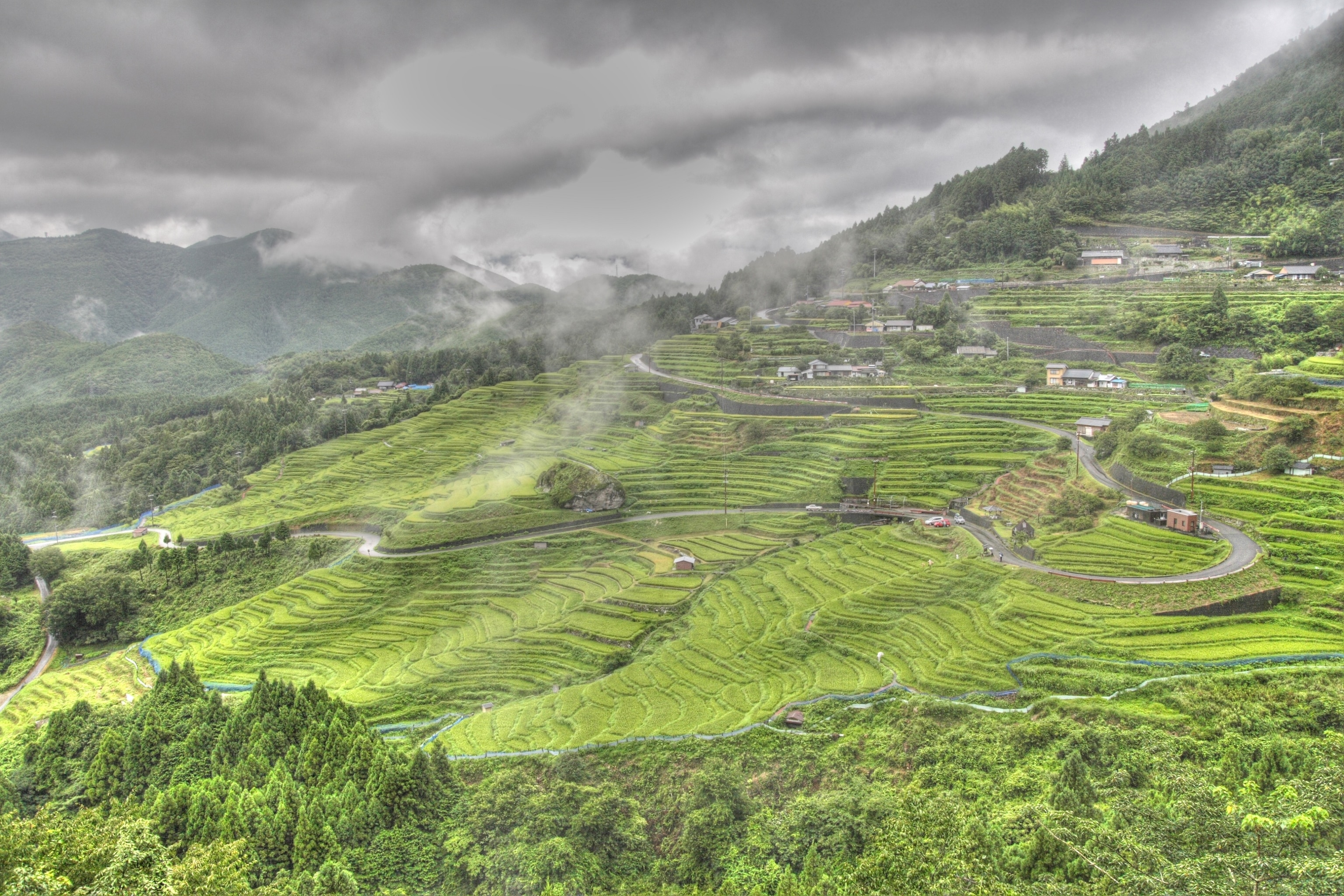
Glimpse rare animals in Shiretoko
Shiretoko National Park is the newest UNESCO Heritage Site of the three, having been inscribed in 2005. It is home to one of Japan’s most diverse ecosystems and a place where both marine and land-based ecosystems co-exist in perfect harmony.
This National Park has something for everyone. It allows visitors to traverse through forests and lakes, and even reach hidden waterfalls. There are plenty of wildlife to watch, including bears, deer, and a number of rare birds like Blakiston’s fish owls, Steller’s sea eagles, and white-tailed sea eagles.
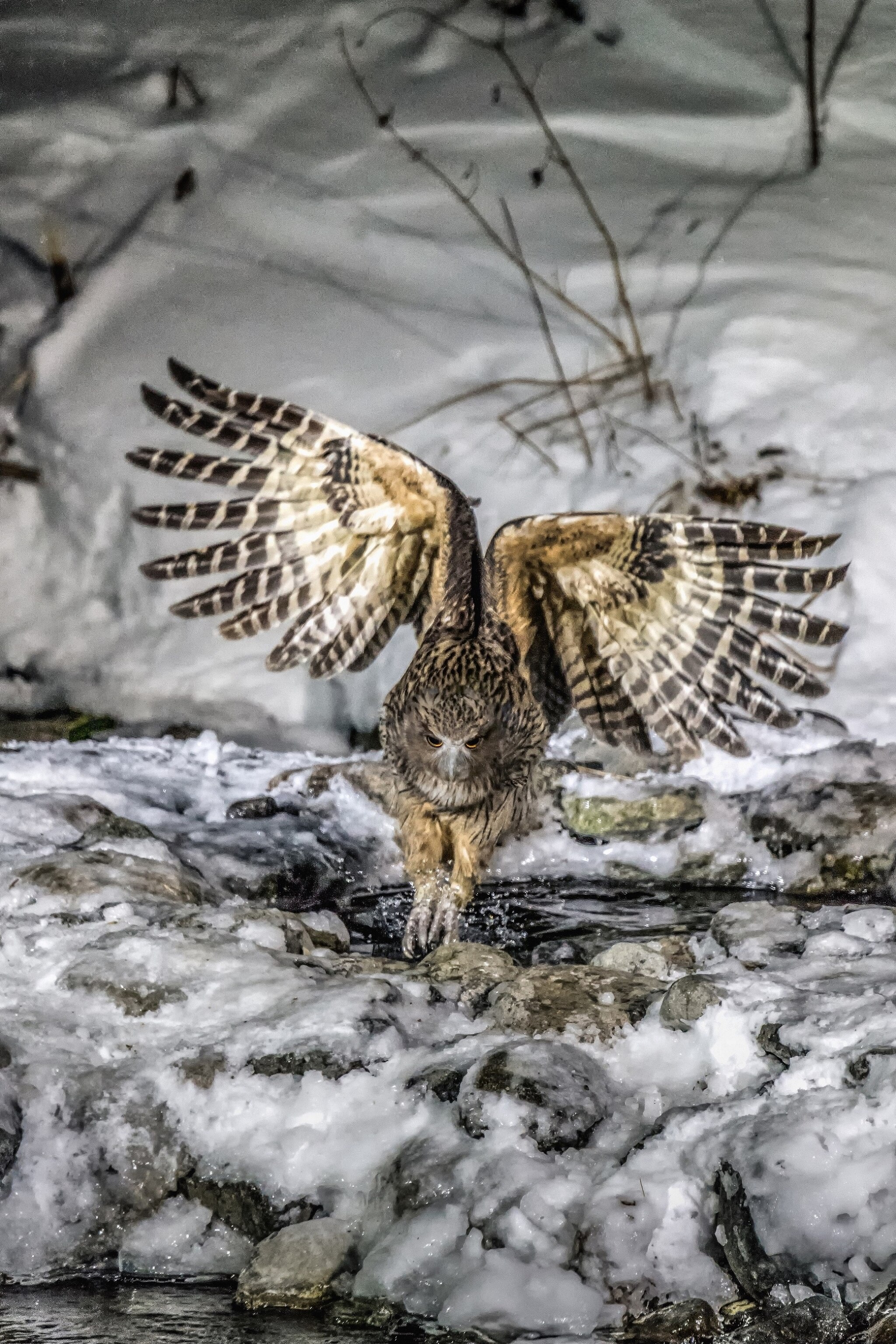

Those who want to take a break from walking around don’t have to end their adventure on land. There are also nature cruises that take passengers around the coast of Shiretoko, where you can spot dolphins, seals, and whales.
Winter enthusiasts can also enjoy something in Shiretoko, as there are cruises that allow passengers to take a look at drift ice up close.


